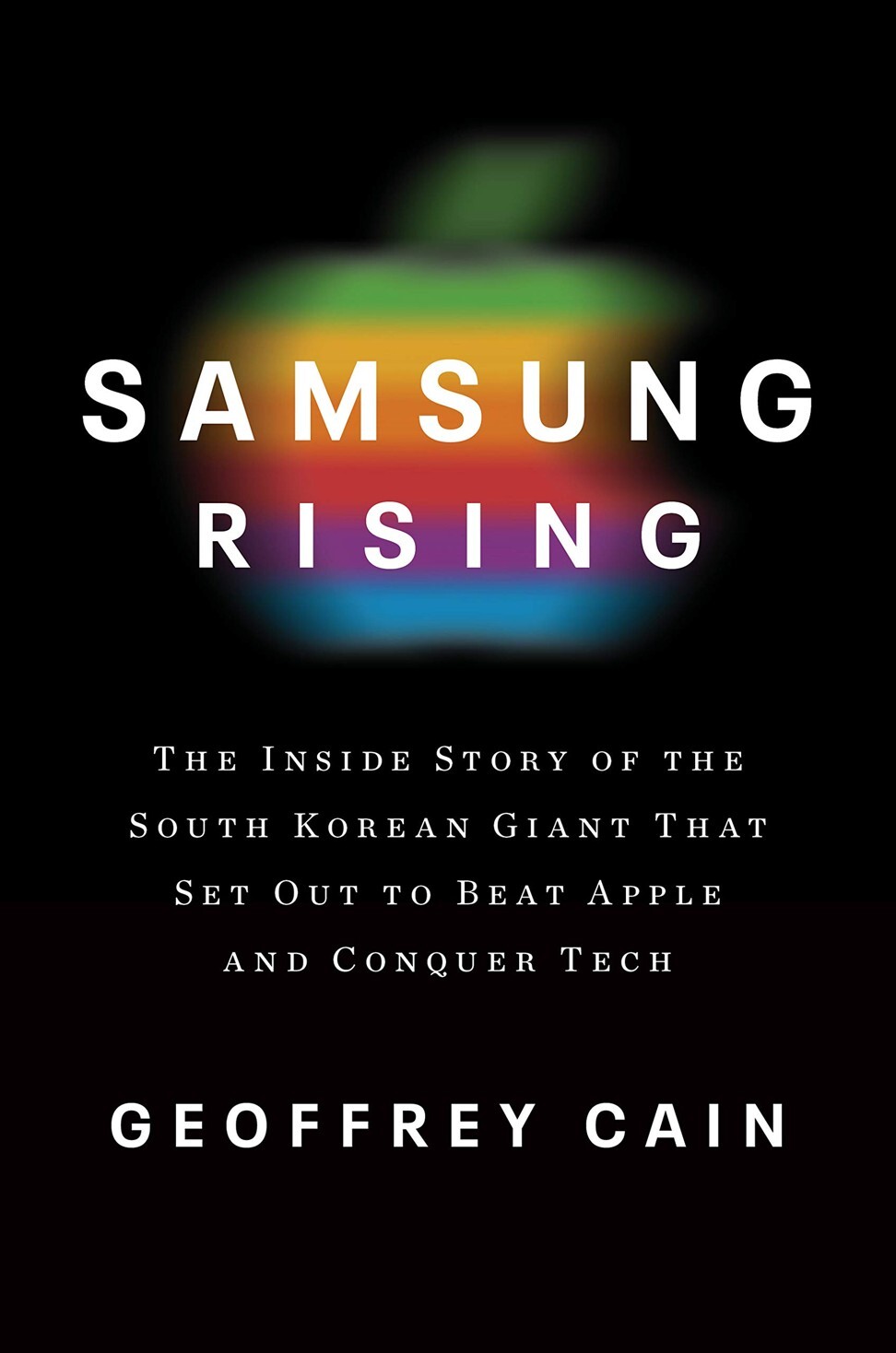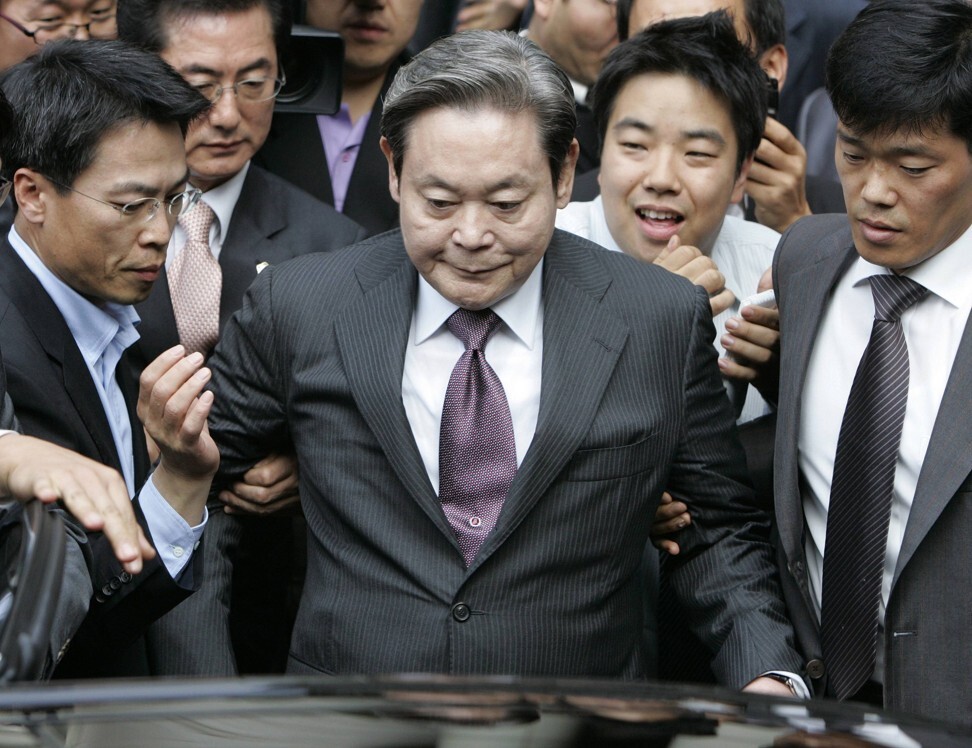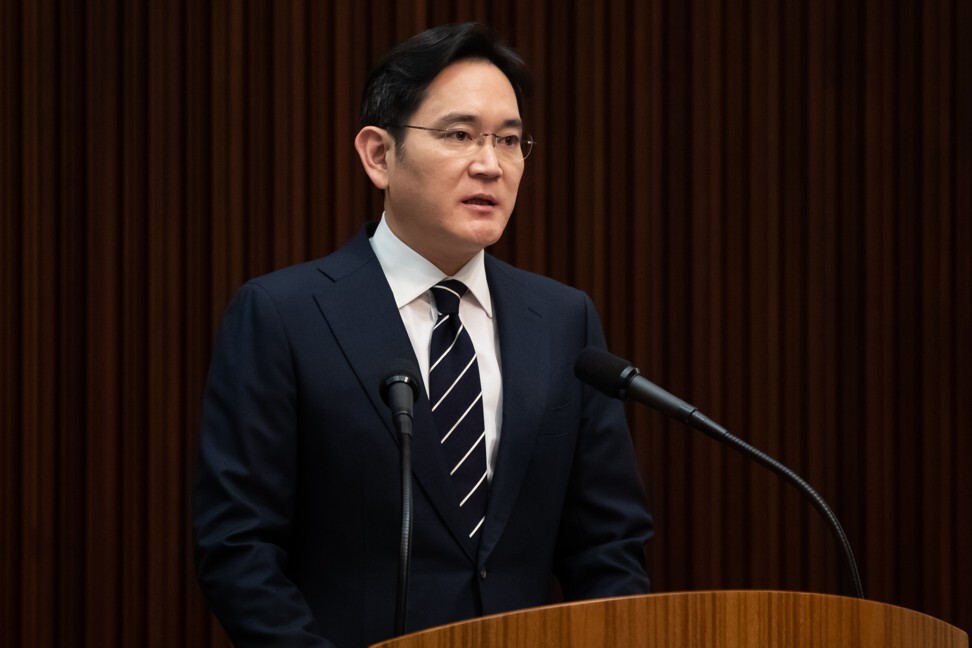
Review | Samsung story: mistakes, bribery and corruption behind the South Korean tech giant laid bare in new book
- Samsung Rising by journalist Geoffrey Cain gives the inside story of the global tech giant, damning its failures as much as admiring its achievements
- Particular attention is given to its chairman Lee Kun-hee, described here warts and all
Samsung Rising: The Inside Story of the South Korean Giant That Set Out to Beat Apple and Conquer Tech, by Geoffrey Cain, Currency, 3 stars
Although Samsung stands out today as a giant of the international consumer electronics market, not long ago the idea that a Korean company could achieve global reach and dominance would have seemed unlikely, except perhaps among regional experts.
Geoffrey Cain’s new book isn’t the first about Samsung, South Korea’s largest chaebol, or family-owned business conglomerate in South Korea. Song Jae-yong’s The Samsung Way is six years old, Kim Chun-hyo’s Samsung Media Empire and Family: A Power Web is five years old, while Chang Sea-jin’s Sony vs Samsung and my own book, Samsung Electronics and the Struggle for Leadership of the Electronics Industry, are now a decade old.
But in such a fast-moving industry, it’s time for a new corporate biography. Cain’s Samsung Rising is, like the others, unauthorised, and it is the outsider’s perspective that shapes the view. Cain, a journalist, focuses as much on mistakes as achievements.

Cain opens his account of Samsung’s rise with a long chapter on one of the largest of these mistakes: the exploding Galaxy Note 7 smartphones of 2015. This moment at the end of the reign of chairman Lee Kun-hee shows the company in a relatively poor light compared with when the chairman conducted a celebrated destruction of mobile phones to demand better quality at the beginning of the 1990s.
The epilogue deals with the retrial of Lee’s son and successor as chairman, Lee Jae-yong, over bribery allegations surrounding the impeachment of President Park Geun-hye, the first instalment of which forms the final full chapter, “My kingdom for a horse”.
At the end of the book, will the reader understand how Samsung Electronics ticks, and how it became the world’s 12th largest corporation (2018) and sixth most valuable brand (2019), or account for 30 per cent of Korean stock market capitalisation? Probably not, for much of the book is about Samsung’s or the Lee family’s stumbles, and the differences between “smart” Americans and “bureaucratic” Koreans.

Many readers will be left struggling to understand how, between the mistakes, Samsung succeeded so brilliantly. The book is about smartphones and not the semiconductors and components on which Samsung’s profitability and competence mainly rest, and which it continued to supply to Apple in large quantities, even at the height of the rivalry between the two companies.
Cain is at his best when his interviews with Americans go well, as in “Cola Pepsi Redux” (chapter 20) on how Samsung moved from its questionable brand status of techno quality, but cold brand personality, to overtaking Apple’s iPhones, creating the Next Big Thing adverts in 2012 and becoming totally cool.

There are moments when Cain’s early interviews with Koreans are informative, and we get at least an insight into the Samsung corporate mind. But, as everyone knows, Samsung is an information fortress where little escapes of the internal workings, except complaints of frustrated, highly paid white collar workers. Cain therefore relied on “over 400” unofficial interviews to build his account.
Despite suffering chronological vertigo from Cain’s jumps backwards and forwards in time, especially during the crucial 1990s and 2000s, the book made me reconsider the character and achievements of Lee Kun-hee, described here warts and all.
It left me reflecting on what I knew about Chairman Lee, and what my Korean friends had told me about him, and wanting to revisit those discussions of how the shy and retiring figure described by Cain could take Samsung from being a large, but mediocre, fast-follower to a world leader.
I am left thinking that we should write less about Lee and more about his followers, the senior management of Samsung who turned the hints and whims of the family into reality, but who also wrestled with one another.

Anyone interested in South Korea, or Samsung, will want to read this book, because Cain kicks over so many piles of dirt. He devotes a chapter, “The Emperor has no clothes”, to the allegations of Kim Yong-chul, a former Samsung lawyer who claimed that Samsung paid annual “donations” to almost everyone who was anybody in South Korea in the 2000s.
They will also want to read the 90 pages of discursive footnotes with which Cain supports his 288 pages of text, and consider who out of the “over 400” interviewees left their mark. These will be a goldmine for future researchers on the evolution of Samsung, and are also a guide to what the author has left out in telling his story.
Asian Review of Books
